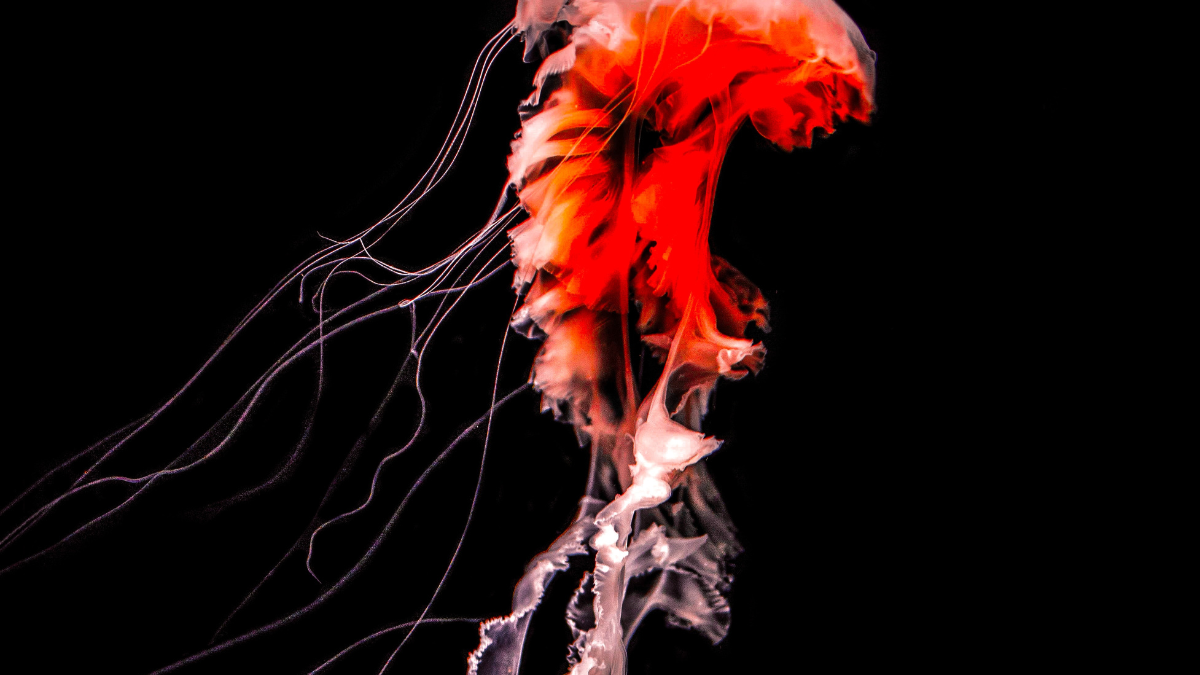Do we live in unbalanced times? Looking at the climate graphs, or at widening inequality, ‘equilibrium’ is hardly the first word that comes to mind. When I hear that word, I think about dynamic equilibrium in nature. I picture rain forests that have survived around the equator for ‘millions if not billions of years.‘
In 1600, the word equilibrium meant a ‘state of mental balance.’ Today, many struggle to inhabit that elusive state, whilst global temperatures edge up and we process or ignore the destruction of the natural world.
If you want to build brands that don’t knock our planet and its people further out of whack, accessing that inner state of balance is as important a project as any — the global climate reflects the psychic climate, after all.
Micro-seasons
Natural ecosystems are in a constant state of change. Trees, birds, insects, fungi, protozoa in an unbreakable dance with rain, sunlight, soil type and so on. Continual cycles of life, rot, and renewal. Nestling within fractal fiddle-headed rhythms of time, of change, of repetition, are 72 ‘microseasons’ (‘kō’) according to the traditional Japanese calendar.
This calendar divides a year on Earth into roughly 5-day chunks; September 18-22 (give or take) is swallows leave. In November, rainbows hide and north wind blows the leaves from the trees. In April, swallows return and wild geese fly north. There are also 24 bigger divisions. Autumn equinox (‘shūbun’) begins in late September, before giving way to cold dew (‘kanro’) as mid-October approaches.
I’ve yet to get myself a copy of the new book Nature’s Calendar: The British Year in 72 Seasons, but you don’t need a list to work from to begin connecting with nature at the micro-seasonal scale. For some inspiration from North Carolina, you can check out the beautiful Micro-seasons newsletter, but all you really need is your attention, and some unbuilt environment to observe.
Returning regularly to the same place — the same tree, for instance — can be helpful. This is your anchor spot. What’s nature up to today?
The more I learn about this piece of earth, the more I’m in awe of its endless layers and lifeforms
Ann Collins — Micro-season No. 32
What micro-seasons remind us about brand ideas
- Continual evolution and renewal is key: Like a tree, a brand is never ‘finished’ unless it’s dead. The amazing thing about digital is the ability to continually tweak and adapt. As Rob Estreitinho writes, ‘the best brand ideas give you a clear north star. But also very clear permission to play.‘
- Context is everything: Over time, attuning to the micro-seasons can help sensitise you to shifts, connections, and patterns in other realms (markets, culture, technology etc.). It can help you get better at noticing what others don’t. Like organisms continually respond to local conditions, which exist as part of global systems, brands also need ways of being sensitive to the world around them. They need processes that mean their social posts don’t get published a micro-season or more after the moment of relevance has passed. They need people empowered to experiment, sense, and respond.
- Endings matter: Like Menka Sanghvi, I’m fascinated by ‘how vigilant we are at noticing beginnings, and how nonchalant we are at noticing endings.‘ Observing nature’s micro-seasons means attending to tiny endings often — not just noticing the obvious drama of leaves falling to the ground, or an epic sunset. Because beginnings feel more exciting, and because of immediate commercial pressure, marketers naturally put more thought into finding and onboarding customers than making goodbyes graceful. But that’s a missed opportunity to leave a memorable impression.
How products end affects our natural ecosystems too. Joe Macleod, author of Ends and Endineering, laments that ‘plastic is not in the sea because it is a petroleum material. Plastic is in the sea because there was not a proper ending in the consumer lifecycle.’
Connection and conviction
This habit of venturing quietly outside, experiencing more of what Norwegians call ‘friluftsliv’ (‘free air life’), can help us reconnect with nature and feel the meaning of sustainability in our souls. Amidst all the continual change, we can, if we’re lucky, feel more present, more connected, more balanced. We can learn from the leaves and the lichens, and be reinvigorated by the wind, ready to champion ideas that move us closer to equilibrium with the energy and conviction they deserve.
Featured image: Nikolay Kovalenko / Unsplash

